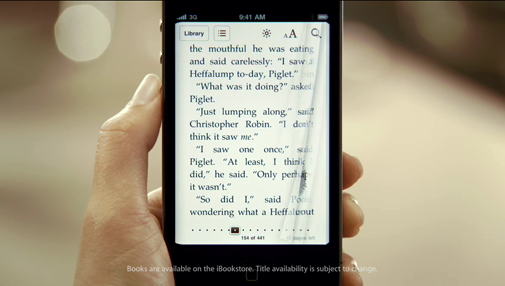Splash screens are evil. While branding is important, the proper place for it is in the iconography, optional “About” or “Info” screens, and App Store profiles. The most common interaction pattern with iPhone applications is to launch them frequently, close them quickly, and treat them as part of a set of tools that interact to comprise a single user experience. Splash screens break the perception of seamlessness.
The HIG offers a very useful suggestion for managing launch states, which may be quite slow, depending on the needs of your application. The suggestion is to provide a PNG image file in your application bundle that acts as a visual stand-in for the initial screen of your application. For example, if the main screen for your application is a table full of data, provide an image of a table without data to act as a stand-in. When your data is ready to be displayed, the image will be flushed from the screen, and the user experience will feel more responsive.
In this book, we will explore extensions of this, including a pattern for loading application state lazily
–Toby Boudreaux, iPhone User Experience, page 15; emphasis mine.
I’ve always hated splash screens, from the first time I turned on a computer. They get in the way of what I want to do. I want to write, or draw, or play — but if I launch Word, or Photoshop, or any game, I have to sit through a splash screen before I can get to it.
Branding a splashscreen is putting your name on a purely negative experience. Nobody wants to wait for their computer. Splashscreens, by definition, force you to wait. It’s hard for me to imagine why anyone wants to associate their brand with a computer not doing what customers want.
iPhone 4 Update
Fast App Switching, introduced in iOS 4, makes splash screens a much worse idea. They won’t consistently display, because sometimes the app will really be resuming, not starting for the first time, when the user “launches” it. Forcing a splash-screen to appear on a resume as well means breaking the “multitasking” experience.
